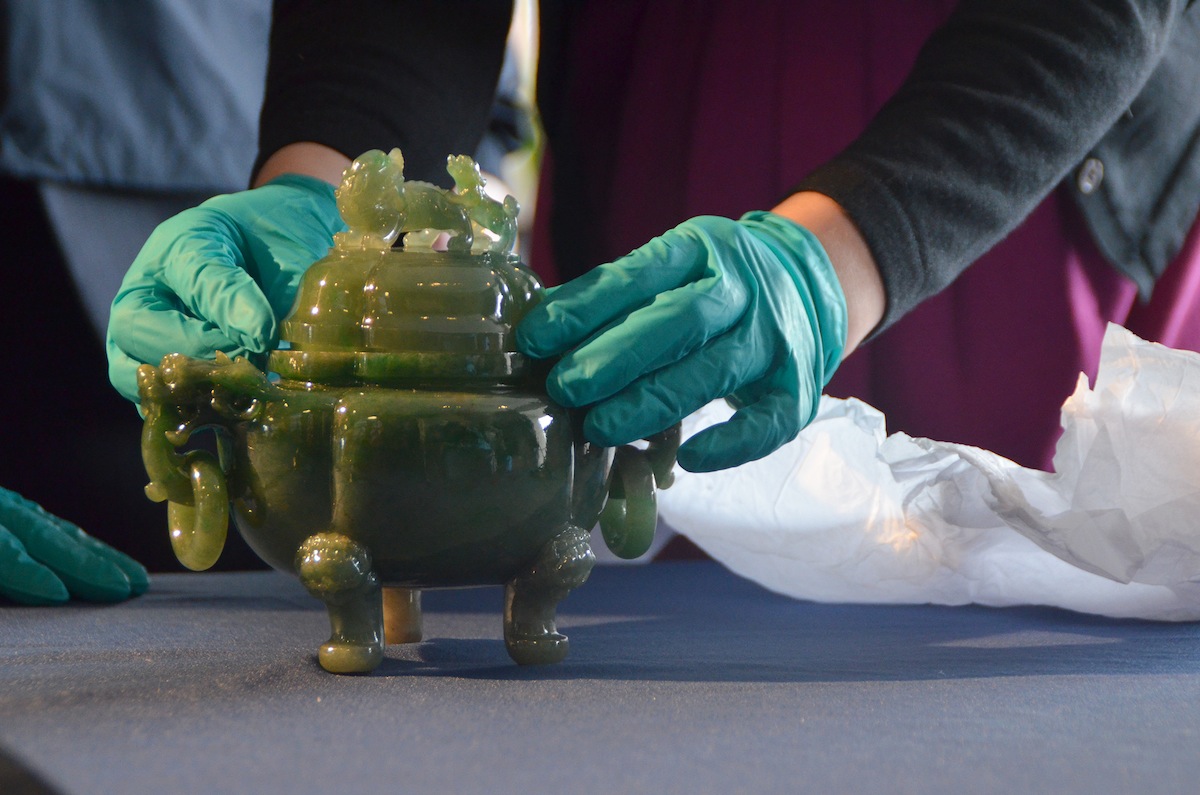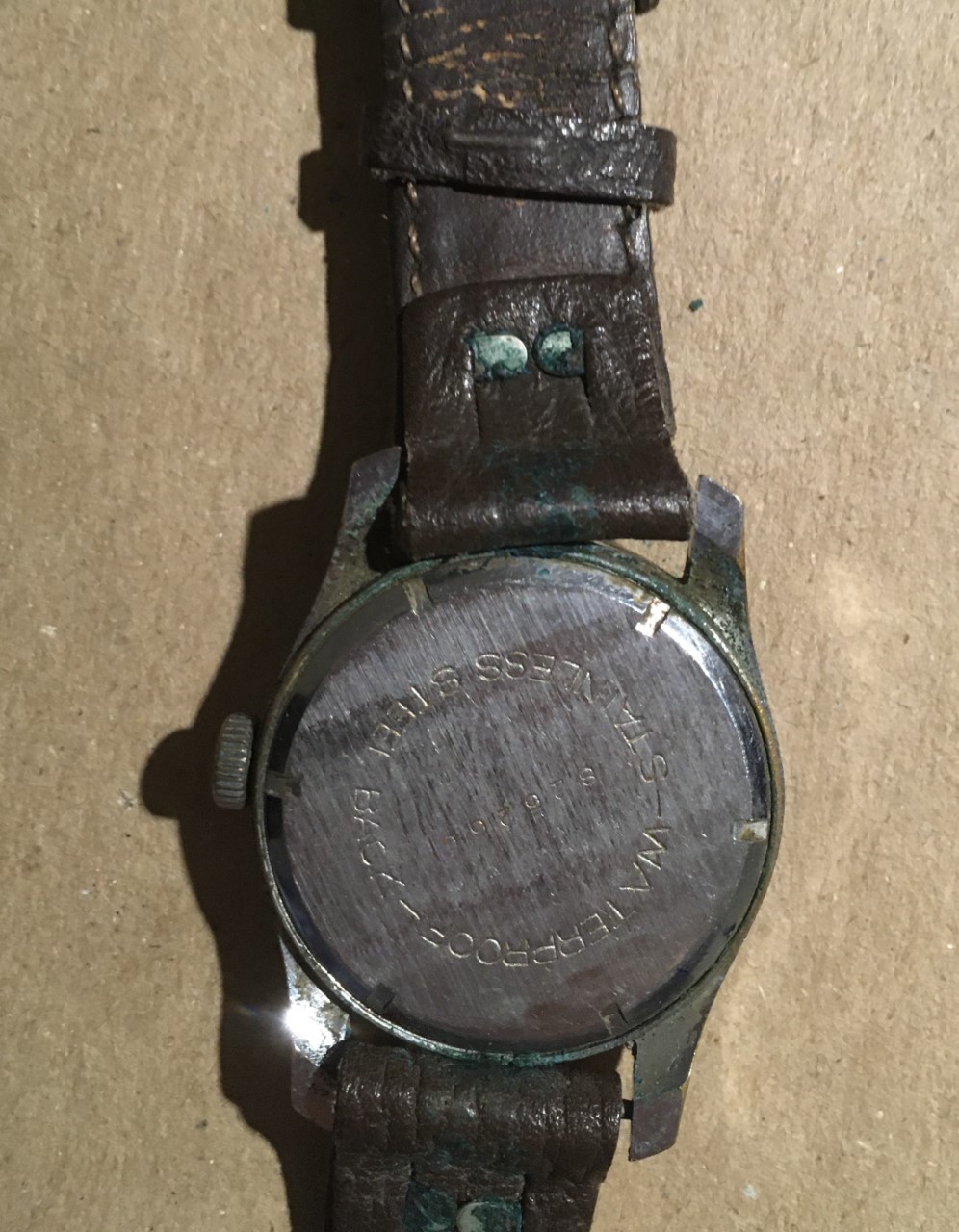
(Photo Courtesy of Harvard Art Museums)
By Stepan Popov
While working in a museum, I found out that there are many little tricks that are used by curators and collections managers in order to safely handle artefacts. While it is exciting to handle real pieces of history for the first time, it can get slightly mondane when your job is to transport piece after piece from one storage unit to another or from display back to storage. This is when mistakes could be made due to the individual who is supposed to transport the artefacts becomes complacent and less aware of his/her actions or when stress is added to move items to an event/exposition quickly. In this blog, I will go over some of the most basic mistakes that I have seen people make or made myself and explain how to prevent them.
The RCMI (Royal Canadian Military Institute) houses a large variety of military artefacts. Many of these are paintings, photos and other framed pieces. I have learned that moving and storing these objects is slightly harder than it would initially seem. When stacked for storage, the frames must be put together front to front and back to back. If the frames were to break or fall apart while in storage, the contents of a frame could be easily identified and repaired. Another thing to consider while transporting framed objects is the backing of the frame. It is tempting to grab the picture or painting by the top of the frame and carry it away. While this seems like the correct course of action, not examining the backing of the frame could result in puncturing the protective paper in the back with your fingers, bending or twisting the frame and even damaging the piece inside.
While handling framed objects always:
-
Use both hands on the side of the frames
-
Check the back
-
Store front to front and back to back.

(Minor corrosion on WWII era watch which came to the RCMI from a private collection that did not use gloves)
When I started working at the RCMI I did not realise the number of proactive protection methods that the curators used in order to insure that the artefacts are stored safely. Storage rooms are picked in locations where no water lines are present. In addition to this, items are stored in non-corrosive paper and boxes which prevent any damage occurring to the artefacts. While handling the items, the use of gloves is instrumental. Fingers can have a lot of corrosive sweat and oil that we do not notice. Gloves prevent the transfer of any such liquids onto the historic pieces being handled. While examining objects at the museum, I occasionally notice an item which has a fingerprint shape rusted into the metal from someone not using gloves 30 years ago. This could have been easily prevented if the person handling the piece wore gloves.
While handling any artefact:
-
Wear appropriate gloves
-
Make sure to select the best storage space available
-
Watch for water lines (leak source)
-
Wet walls or floors
-
-
Use non-corrosive storage boxes, paper, etc.
